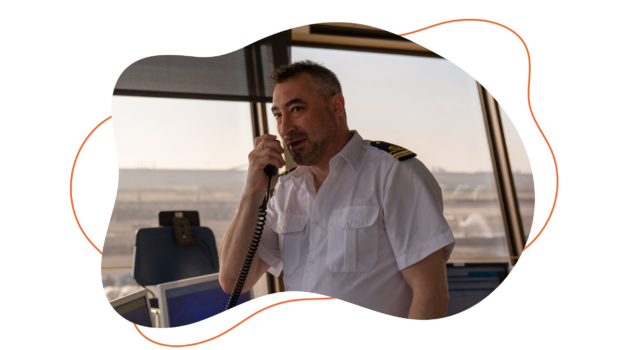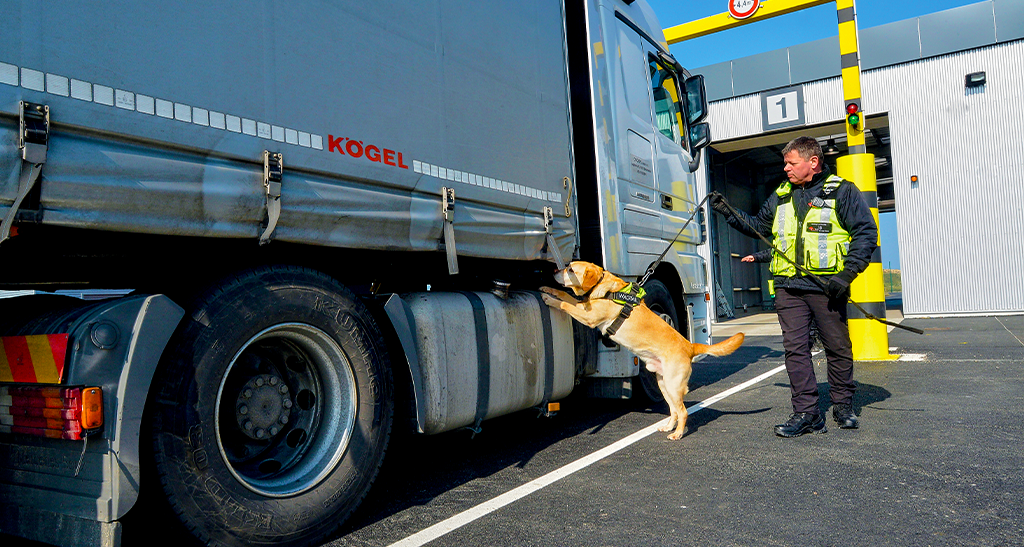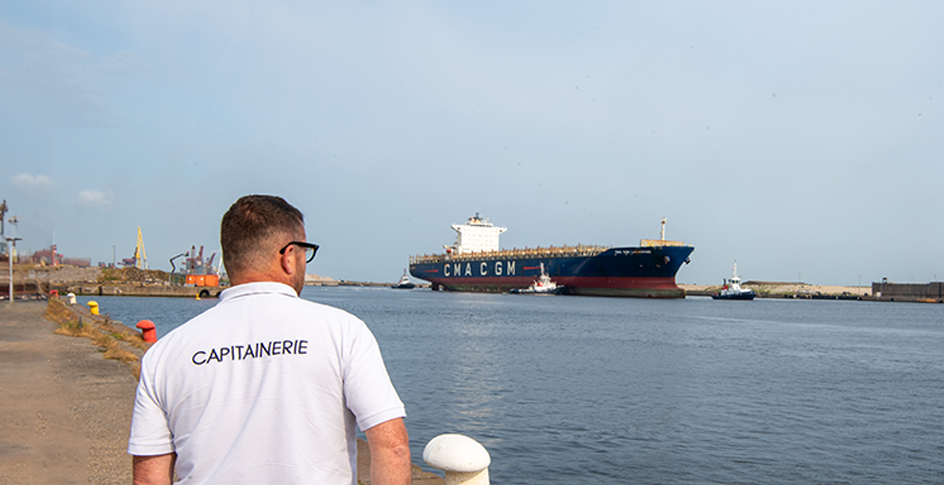Harbour Master

At the heart of port activity, the Port of Dunkirk Harbour Master’s Office is the essential interface between shipowners, the various port services and shippers.

Role and missions of the Harbour Master’s Office
TO MANAGE AND MONITOR PORT TRAFFIC
to organise and secure ship movements in accordance with regulations and nautical conditions
To coordinate the various port services
to facilitate the reception of ships in the port area
Supervising the placement of ships at berth
to optimise ports of call, keep traffic moving smoothly and protect port facilities
Ensuring safety and security
to deter, prevent and limit the impact of any illegal acts against ships and port infrastructures
Protecting the environment and treating ship waste
to preserve biodiversity and combat pollution
Policing the waterfront
to protect water, aquatic environments and marine species, particularly in the context of maritime traffic services
Because it’s a priority for the maritime, logistics and industrial worlds,
Dunkerque-Port is committed to guaranteeing and securing the operation of the domain for a high-performance port experience.
Dunkerque-Port’s security service

The Port of Dunkirk, as a gateway to and from the territory, requires the implementation of a security plan that complies with regulations, in particular the ISPS code. The dedicated team coordinates the actions of the port facility security officers, manages access to the two areas that are not freely accessible by arming access posts, carries out active patrols and is on duty at the video protection centre.
It also validates, issues and checks access badges.
Safety in the port of Dunkirk
The harbour master’s office ensures the safety of the port of Dunkirk with continuous surveillance, 24 hours a day, through various missions:
- Implementing the dangerous goods and safety policy under the authority vested with port police powers,
- Coordinating the work of the officers in the Dangerous Goods and Safety Office,
- Applying the rules on the safe transport and handling of dangerous goods,
- Vigilance with regard to compliance with safety regulations applicable to transport, rules relating to classified facilities for hazardous materials and ship waste disposal,
- Checking import and export declarations and goods in transit.

Safety and security are everybody’s business at the port.
Getting to the port of Dunkirk
In order to gain permanent access (1 year) to the Zones Not Freely Accessible to the Public, all users must complete a pass application form available on this application.
Ask for a Pass'PortAny ship wishing to enter the port of Dunkirk must submit its request at least 24 hours before its arrival, or as soon as it leaves a port located less than 24 hours from Dunkirk, in the port of call management software.
Create a ship callTools at your disposal
Ships in real time
To see the movements of ships in the Port of Dunkirk in real time, consult the ship map.
For pleasure boating
Dunkirk has 3 facilities to welcome yachtsmen:
Documents to download
You will find below the prefectoral decrees concerning river traffic:


